By Allyn Vannoy
On January 23-24, 1945, Allied forces initiated Operation Grandslam against the Colmar Pocket, a German salient that bulged west from the Rhine, south of Strasbourg, France. This salient had been contained by the French First Army for several weeks. With the defeat of the German Nordwind offensive in Alsace-Lorraine, Allied commanders concluded that it was time to eliminate this pocket, while German forces of the 19th Army were instructed to hold at all costs.
A key action around a small farm, La Maison Rouge (the Red House), on the northern shoulder of the pocket was considered by the soldiers of the U.S. 3rd Infantry Division, veterans of Anzio, as severe as anything they had ever experienced. The farm was just to the southeast of the Colmar Forest and a few miles north of the town of Colmar in northeastern France. It was also close to the Rhine River and near two bridges, one over the Ill River and another on a small stream, L’Orchbach, about 400 yards east of the Ill bridge.
Operation Grandslam Begins
General John W. O’Daniel’s 3rd Division was to jump off as part of Operation Grandslam at 9 pm on January 22, force a crossing of the Fecht and Ill Rivers in the Guemar-Ostheim area, then pivot to the south and force a crossing over the Colmar Canal in the Wickerschwihr area. There they would form a blocking position to the southwest in the area of Houssen, thus cutting off the town of Colmar. Upon completion of this task the division was to regroup and prepare to capture Colmar and the Fecht Valley immediately west of Turckheim and assist the French 5th Demi-brigade in the capture of Neuf-Brisach near the Rhine.
The opening moves of the operation committed two of the division’s regiments, the 7th and 30th Infantry, to the attack while the 15th Infantry assembled in the Colmar Forest west of the Ill River as division reserve.
The 30th crossed the Ill River north of the bridge at La Maison Rouge and continued south early on January 23, capturing La Maison Rouge bridge. The regiment then moved south into the Riedwihr Woods toward the towns of Riedwihr and Holtzwihr. Unable to bring up tanks, the men of 30th had only bazookas and 57mm antitank guns to deal with German armor.
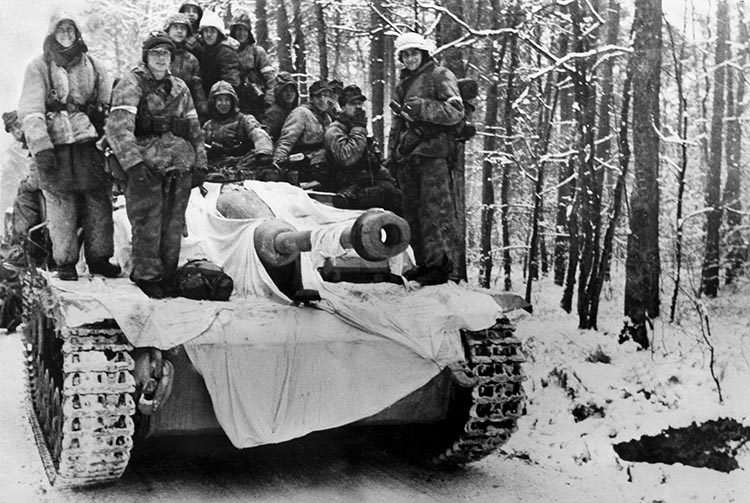
Late in the afternoon, German infantry and heavy tank destroyers of the 708th Volksgrenadier Division and 280th Assault Gun Battalion struck. With little cover and unable to dig foxholes because of frozen ground, the 30th Infantry was caught off balance and forced to withdraw toward La Maison Rouge, taking heavy casualties as the retreat turned into a rout.
As elements of the 30th Infantry collapsed, the 15th Infantry was called up from its reserve position, marching through the snow-blanketed woods of the Colmar Forest. In the heart of the forest at a road junction stood three farmhouses in various degrees of destruction. These were known as the Niederwald Maison. As the regiment approached from the north, artillery fire struck the buildings. One structure was completely demolished and another was seriously damaged. The third became the regimental headquarters.
During the afternoon, a reconnaissance was performed by the battalion commanders and staff of the 15th Regiment to prepare to relieve either the 7th or 30th Regiments if needed. Elements of two battalions of the 30th had crossed the Ill River and moved as far south as the towns of Riedwihr and Holtzwihr. Although armor had yet to cross the river, the 15th was to move south and east to protect the rear and flanks of positions at La Maison Rouge.
Love Company, 15th Infantry, was to secure the crossing at La Maison Rouge. King Company was to protect the bridge across the Ill to the north where the road from Niederwald emerged from the Colmar Forest, and Item Company was to take up a reserve position near the southeast edge of the woods.
“Hell No! It’s Too Rough”
As the first American tank was preparing to cross the Ill River bridge at la Maison Rouge, a jeep carrying Major John O’Connell, 3rd Battalion commander, and Captain Warren Stuart, Item Company, came speeding along the road to the bridge. At age 34, O’Connell had received his commission in November 1941, and was a veteran of Tunisia, Sicily, Salerno, Anzio, and southern France. Stuart, age 23, had joined the Army in May 1942, and seen action in North Africa, Anzio, and southern France. The jeep slid to a stop. After a brief exchange, it was agreed to allow the tank to cross first. In the meantime, the road to the west, along the southern edge of the Colmar Forest, began to back up with a column of waiting vehicles.
The M4 Sherman of Lieutenant John Harmon, 756th Tank Battalion, crawled up to the first span of the bridge, which had been reinforced with treadway bridging. As it moved onto the mid-span it dropped some eight inches from the treadway to the existing bridgework. Then, with the sound of ripping metal and tearing wood the tank dropped like a car in an elevator shaft, falling 15 feet into the Ill River. Between the jagged ends of planks and beams it sat, tilted but upright in the swift current. The crew members were able to safely escape from the tank. The bridge was out of commission, cutting off support for troops to the east and south.
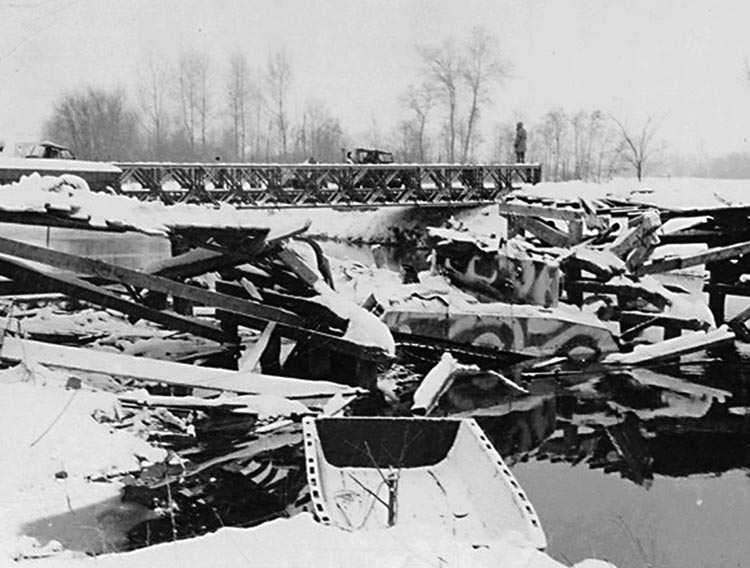
Captain Stuart walked onto the bridge, climbed down to the tank, moved over the turret, then continued on across the bridge on his reconnaissance to the east. He strolled along the road past the barn and across the small bridge over L’Orchbach. From there he could see 1,000 yards to the east and south across the snow-covered fields. To his right some brush and trees partially blocked his view to the Riedwihr Wood.
Coming toward him were men in groups of two or three, shattered elements of the 30th Infantry, running and stumbling in a wild frenzy across the fields, plunging headlong into L’Orchbach and then the Ill in an attempt to reach the safety of the forest. Stuart shouted at a few men in an effort to get their attention, but no one would stop or even answer. Also, fire was coming from the direction of Riedwihr Wood. Seizing hold of a fleeing enlisted man, the only explanation Stuart could get for the panic was that there were two German tanks on the left and another two on the right.
As Stuart continued east the trickle of men grew to a steady stream. Farther on he encountered others who seemed coherent enough to provide a picture of the extent of the exodus. He identified men from the 30th Regiment’s Companies D, G, I, and K, as well as battalion headquarters personnel.
As darkness was beginning to fall, German gunfire from the Riedwihr Wood became heavier. Stuart asked one group of men if anyone was making a stand. Their answer, “Hell, no! It’s too rough!”
The troops were falling back, leaving behind weapons, packs, and equipment. Only a few had rifles or helmets. The GIs waded the waist-deep L’Orchbach. Then, impatient to wait their turn to cross the Ill Bridge, they plunged into the current, desperate to reach the other side. Once safe in the forest on the west bank, drenched and freezing, they began congregating. Officers and noncommissioned officers began to round them up, reorganizing and equipping them.
The withdrawal was interrupted by German fire tearing up the surrounding fields. Tracers from German machine guns were passing 18 inches above the ground. The barn and farmhouse at La Maison Rouge became crowded with men seeking refuge from the fire. Captain Stuart continued his efforts to organize a defense while the engineers surveyed the damaged bridge. Just to the west of the river, Love Company, 15th Infantry, was moving into position.
345 Casualties
It was late evening when some control was reestablished. A platoon of Love Company was in a ditch along the road west of the river returning fire across the fields.
Just west of the bridge was a tank destroyer officer, Lieutenant T. Peter Welch. Welch, 23, was another veteran of North Africa, Anzio, and southern France. In the darkness German panzers could be heard as they approached the river. The faint outlines of Panther medium tanks and Jadgpanther tank destroyers could be observed just beyond La Maison Rouge. Welch, finding a machine gun already set up, opened fire on two men in the turret of one of the panzers. He was joined by another man who appeared from a nearby shell hole.
“F ‘Chris’ sakes!” the soldier shouted. “Don’t fire our gun! You’re going to use up all our ammunition and we’ve only got two boxes left!” But Welch convinced the man to feed him ammo belts while he fired. The panzer returned fire, its first shell falling short but knocking the gun backward in their laps. Set up again, four riflemen on either side of the machine gun joined in to help return fire.
A second tank shell struck close to the machine gun. Welch found himself sprawled in the snow some yards behind the machine gun nest with one leg of the tripod in his hand. The other soldier lay nearby, killed by fragments of the barrel through his head.
Meanwhile, measures were being planned to relieve the situation. Regimental and battalion staffs met after midnight on January 24 at the Niederwald headquarters. Present at the meeting were Captains Stuart and Robert Hahn, company commanders of Item and King, respectively; Captain Fronke, artillery liaison; and Lieutenant Welch of the tank destroyers. Majors O’Connell and Virgil V. Laughlin briefed the assembled officers. Laughlin, the battalion executive officer, age 22, had volunteered for service in 1940 and had been with the 3rd Division in North Africa, Sicily, Anzio, and southern France.
The 30th Infantry losses during the previous day included 345 casualties out of 999 men committed. The regiment had also left as much as 80 percent of its equipment east of the Ill.
A Position Without Cover
The 3rd Battalion was directed to secure La Maison Rouge bridgehead. Item and King Companies were to cross the Ill using an engineer footbridge east of the Niederwald road, then strike south with Item on the left guiding on L’Orchbach and King on the right guiding on the Ill. King was to take up a position extending from the bridge at La Maison Rouge to L’Orchbach. Item was to hold the road junction east of L’Orchbach. Jump off was set for 2:30 am.
Captain Stuart had already moved his men to the edge of the woods. Captain Hahn, however, had still to find his platoon leaders and separate his men from the improvised formations of stragglers that seemed to be everywhere. Hahn, age 24, was a veteran of operations at Anzio and southern France.
At 1:45, members of Item were asking, “Where the hell is K Company?” Nobody knew. At 2 am, Stuart was told that King was only 10 minutes away. But at 2:10 there was still no sign of the company.
H-hour came and went. At 4 am, Stuart finally moved his company across the line of departure. The treadway and footbridges across the Ill were badly battered, and the footing was icy. The men helped each other across and up the frozen banks. Turning south toward La Maison Rouge-Moulin de Jebsheim road, Stuart placed the 1st Platoon on the right, 2nd on the left, and the 3rd in support. A moment later as they moved forward, Stuart shouted, “GI’s!” This was both an inquiry as well as an announcement. It was quickly determined that they had come upon elements of the 30th Infantry, holed up in the brush along the stream.
Just before daylight, Item Company reached its assigned position and began setting up defenses. But the ground was frozen, making it nearly impossible to dig in. Dawn was breaking, revealing exposed positions. The snowy fields stretched 1,000 yards to the Riedwihr Wood. “It’s suicide!” one of the platoon leaders, Lieutenant Eugene Koschkin, told Stuart. “A man hasn’t got a chance out here!” Koschkin wanted to pull his platoon back to the stream bed. Stuart radioed for permission to withdraw to better cover, but permission was not granted. Armor was promised instead. His men continued to dig, scrape, and chisel at the ground.
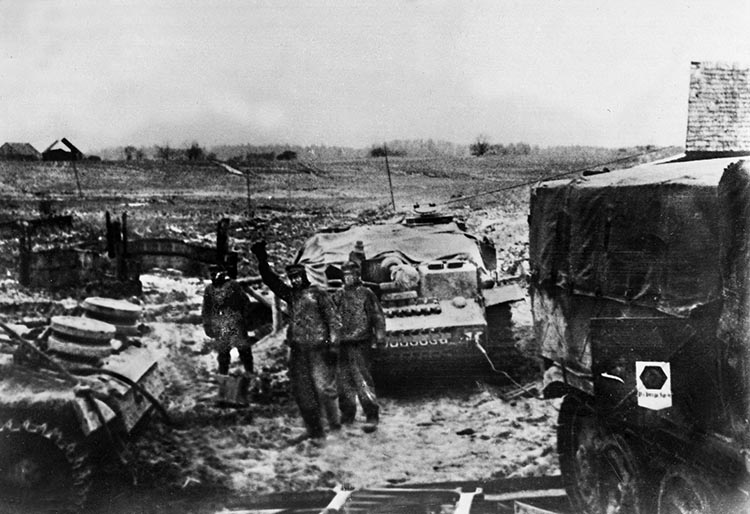
Taking the Germans by Surprise
Back in the Colmar Forest, at 3 am King Company found itself still short a pair of platoon leaders. Within an hour most of the company was assembled. Runners were dispatched, and finally at about 4:30, a full two hours behind schedule, Captain Hahn guided his company along the Ill River to La Maison Rouge. Somewhere along the way the 2nd Platoon got lost. It was found again as a firefight broke out to the front. Some of the men had pushed out far ahead and were engaging German infantry. The whole company joined in and apparently caught the Germans by surprise. The right flank of the German La Maison Rouge positions was unprepared for the American assault. Their machine-gun emplacements had been set up to defend against an attack from the west, not from the north. An attempt was made to reorient their defenses, but the speed of the American assault was too much.
The guns of Lieutenant Welch’s tank destroyers at the edge of the forest added their support to the attack. As the German infantry withdrew, tanks, which had parked behind the Maison, also retired to the Riedwihr Wood. King Company closed in, taking a few prisoners. Hahn checked the area and then directed his company into position.
King was somewhat more fortunate than Item, finding foxholes already dug near la Maison Rouge, previously prepared by the 30th Infantry and augmented by the Germans during the night. In a small hole underneath a plank, one of the company’s sergeants found two GIs who had been held captive by the Germans.
It was daylight as 1st Sergeant Claude E. Smith, King Company, made an inspection of positions. At 29, and a veteran of Anzio, he was used to seeing dead people, having been an embalmer in South Carolina before the war. “Get those holes in the ground!” he shouted. “We’re going to catch hell!” Smith moved through the three platoons from left to right, the 2nd and 3rd flanking the house and barn and the 1st on the north side of the road just west of the stream. “Who’s that in the hole with you?” Smith asked one of his platoon sergeants. “A dead German,” came the reply. The German had been shot through the head. There was scarcely room in the foxhole for both the sergeant and the corpse.
The German Counterattacks
Shortly after daylight, King and Item were struck by the first of a series of counterattacks. King reported some white flares, and a little later a German soldier suddenly appeared and just as quickly escaped into the brush. As he dodged away a shout went up, “Get ‘em somebody!” A few hurried shots were fired, then the company settled down to sweat out the expected counterattack.
On the left, just east of L’Orchbach, Item found trouble. A wandering German who had apparently been searching for his unit was taken prisoner. From the woods the call came, “Gierke! Gierke!” Receiving no response, a machine gun began spraying the American positions. A half-track then appeared. A man leaped from it and made his way toward Lieutenant Vayssie’s 1st Platoon. He was difficult to see as his white camouflage cape became lost against the snow, but he was sighted again when machine-gun fire tore over the road. The platoon then opened up. Many of the men of the battalion were unsettled—almost a third of them were facing fire for the first time.
Vayssie, age 21 and a recent graduate of the infantry school at Fort Benning, Georgia, was in his first firefight. He ordered his bazooka team forward to deal with the half-track. The team crawled across the snow to within 75 yards of the half-track and let go a round, which missed. Closing a little farther, the team fired a second and a third rocket, disabling the half-track. One of the men then crawled close to the vehicle, leaped onto it, and tossed several grenades in.
Once the bazooka team was out of the line of fire, the platoon raked the immobilized vehicle. Several Germans suddenly emerged and for a few minutes busied themselves setting up a mortar behind the damaged vehicle. But the heavy volume of small-arms fire persuaded them to take off for the woods.
“Jesus Christ! Tanks! Tanks!”
Now, from the woods along a 2,000-yard front, German fire grew in intensity. A Panther appeared followed on its left by a Jagdpanther and on the right by a Panzerjäger tank destroyer mounting a high-velocity 75mm cannon. Captain Stuart screamed for artillery support over the field phone, but his request for artillery only produced a few rounds that fell behind the armored vehicles.
Three more tanks came out of the woods. The machine-gun fire sweeping Item’s positions was supplemented by a steady barrage of German mortars and artillery. Vayssie watched the German tanks move forward in pairs. One pair would stop and fire while the other pair moved past the first, alternating fire and movement.
When the German tanks were at a distance of approximately 400 yards, several men scrambled out of their holes and started for the rear. “Where’re you going?” Vayssie asked. “Jesus Christ! Tanks! Tanks!” they replied, pointing back to the armor rolling forward.
Item Company’s easily discernable foxholes became targets for the oncoming Germans. Because of the frozen ground the holes were shallow. In places the tanks rolled over and crushed some of the GIs. The troops that took flight were raked by machine-gun fire. A shell from the main gun of one of the tanks tore a group of six men apart.
Lieutenant Koschkin, who earlier that morning had stated that trying to hold a line at La Maison Rouge was suicide, tried to surrender his platoon and was shot down. Within moments, German infantry had taken most of 3rd Platoon prisoner, trotting them off into the woods. Men on the left flank of King Company in their position just west of the L’Orchbach saw Item break.
A Rout Across the River
A handful took advantage of what little cover there was at La Maison Rouge. Lieutenant Vayssie crawled along the defilade ditch of the road to the bridge. There he found a few men hiding under the bridge beams. They followed the Ill north, making a crossing at a point near the Colmar Forest.
After his dugout had been raked with tank fire, killing his communications sergeant and smashing his carbine only a foot or so from his head, Stuart tried to find his way back to the American lines near the river. He splashed along the stream until he was so numb with cold that he could hardly move. He then tried the open fields. He stumbled and stopped several times to pick up his helmet. German machine guns were firing steadily, and red tracers from American guns were also flying by. He did not know how he made it to the river.
From their positions just west of L’Orchbach, the men of King Company took flight directly for the Ill. The loose snow made running difficult. The men reached the river, but not all of them could swim, and even those who could found the swift current dangerous. Pfc. Calvin H. Tinsley, unable to swim, floated a few moments, went under, and was then swept back to the east bank. He dropped his pack and plunged in again, fortunately finding a spot that was only waist deep.
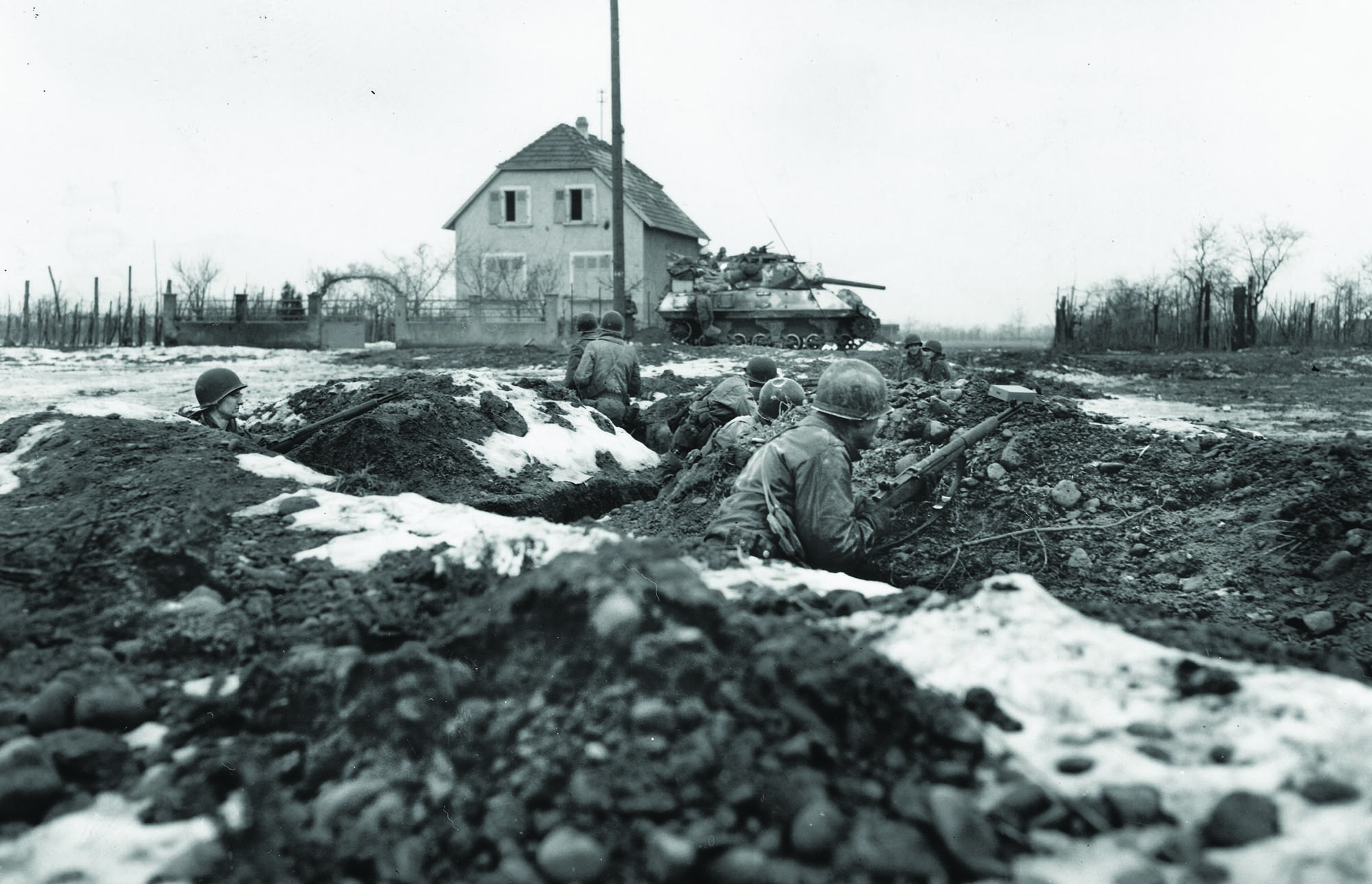
One officer made an effort to stop the rout, yelling, “You sons-of-a-bitch, stop and set up a defense line along the river!” But with only pistols and carbines to fight tanks, the troops continued to retreat. Item Company and the left flank of King had completely broken.
The Fight at La Maison Rouge
At La Maison Rouge the alarm had first been sounded when the German tanks were still among the brush and trees in the distance. The radio in the farmhouse cellar, which Captain Hahn had taken over as the King Company command post, caught the first anxious calls by Item Company for artillery support. A message also came over the radio that armor was on its way, and that the 1st Battalion, 15th Infantry, would soon be moving through.
As if to punctuate the arrival of armor support, three nearly bumper-to-bumper tanks came roaring up in the next few moments. They had come through Niederwald and crossed a new treadway bridge that was only completed at 7:30 that morning. The commander of the armored column reported to Captain Hahn that he was “in a good firing position.” Hahn, while relieved at their timely arrival, recalled later that he should have told them to disperse.
“Hey, Captain,” someone called out, “There’s a Kraut tank coming up.”
From their vantage point on the north side of the road, the American tankers had a clear view of the attack. Also, on the opposite side of the Ill at the southeast edge of the Colmar Forest, Lieutenant Welch and his tank destroyers had a panoramic view of the area. He estimated that 13 German tanks were crossing the battalion front supported by nearly a company of infantry. Welch opened fire on the southernmost section of German tanks emerging from the Schmalholtz Woods. The tanks and tank destroyers also used their machine guns to rake the German troops coming up behind.
In the attic of the building housing the command post, the forward artillery observer, 2nd Lieutenant Frank J. Lonski, Battery C, 39th Field Artillery Battalion, provided coordinates to his radio operator. But before a message could be sent a shell tore through the attic wall and smashed the radio. The two men lay sprawled but unhurt in a pile of bricks and wood.
A volley from the German tanks hit two of the American Shermans and set them on fire. One man managed to crawl out of his flaming vehicle and somehow, with most of both legs blown off, inched his way 75 yards toward the river. Another shell hit a tank destroyer that had also come up in support, but the tank destroyer was able to crank up its motor, whirl around, and race back across the fields.
“Lonski!” Captain Hahn had been shouting as the shells struck. “Get your ass down here and get us some artillery!” Lonski tripped down into the cellar over the battered stairs, picked himself up, and began rechecking coordinates. His radio operator, at a loss without his SCR 609 radio set, fussed with the SCR 300 radio present in the cellar. Then they waited for the barrage.
Slowing the German Attack
By now it was 8:45 am, and 30 to 40 GIs had been taken prisoner and were being escorted toward the Riedwihr Wood. Captain Hahn, with his M1 rifle in hand, turned to those present in the command post and said, “I’m going to stay. If any of the boys want to go, they’re free to go. You can take off.”
The German tanks continued to advance about 50 yards at a time. The German infantry moved up behind them, running at a crouch.
The U.S. artillery barrage finally began to fall, but exactly where the rounds landed could not be observed. “Range correct, deflection correct, fire two rounds of smoke,” Lonski ordered. The shells came over, but they also could not be observed. Hahn grabbed the pad on which the coordinates had been scribbled. “Hell!” he said, “You’re giving the wrong coordinates!” The rounds were falling 1,000 yards off target. Corrections were immediately made.
Only a handful of King Company men were still holding at La Maison Rouge. Only 20 to 30 men of the 2nd and 3rd Platoons were still dug in around the barn and farmhouse. Two of Lieutenant Welch’s tank destroyers continued to duel with a pair of German Jagdpanthers west of the river. Although both of Welch’s tank destroyers were hit and left burning, they in turn accounted for the Jagdpanthers.
There was little chance of more armor support as the last operational tank of the three that had crossed the Ill that morning sat a scant 150 yards from Major O’Connell’s command post. Only the artillery seemed to offer any hope of continued resistance. A Sergeant Smith from King Company pulled a 60mm mortar from the rubble. With no sights and little experience, he had some difficulty getting it into action. “How do you set this thing?” he shouted over to 1st Lieutenant Richard A. Koepke, who told Smith to “run it up to 13 turns and it’ll just be right.”
Smith cranked the elevation screw, dropped in a round, and then ran over to the edge of the barn to observe where it hit. Short 200 yards, he cranked it down three turns and dropped in another round, then ran over again to check its impact. On target. He fired off about 90 rounds before turning the mortar over to other GIs.
The German advance was finally beginning to slow. German infantrymen were being picked off, and Welch’s tank destroyer in the woods west of the river was traversing and firing, often blindly just in the hope of hitting something. In the cellar command post there was talk of giving up, but Captain Hahn declared, “When they come in here, I’ll bring our fire right down on the house!”
1,349 Rounds of Artillery
It was just before 9:30 when the first artillery concentrations began to land. Nearly a half hour had elapsed from the time the forward observer had called for support and the delivery of the on-target barrage. When the barrage ended 15 minutes later, 125 rounds had been fired.
The change in atmosphere among the Maison defenders was dramatic as fear and pessimism gave way to elation. Lieutenant Lonski confessed, “We were like kids.”
The artillery fire disorganized the German infantry, knocking out one enemy tank as four others began pulling back across L’Orchbach.
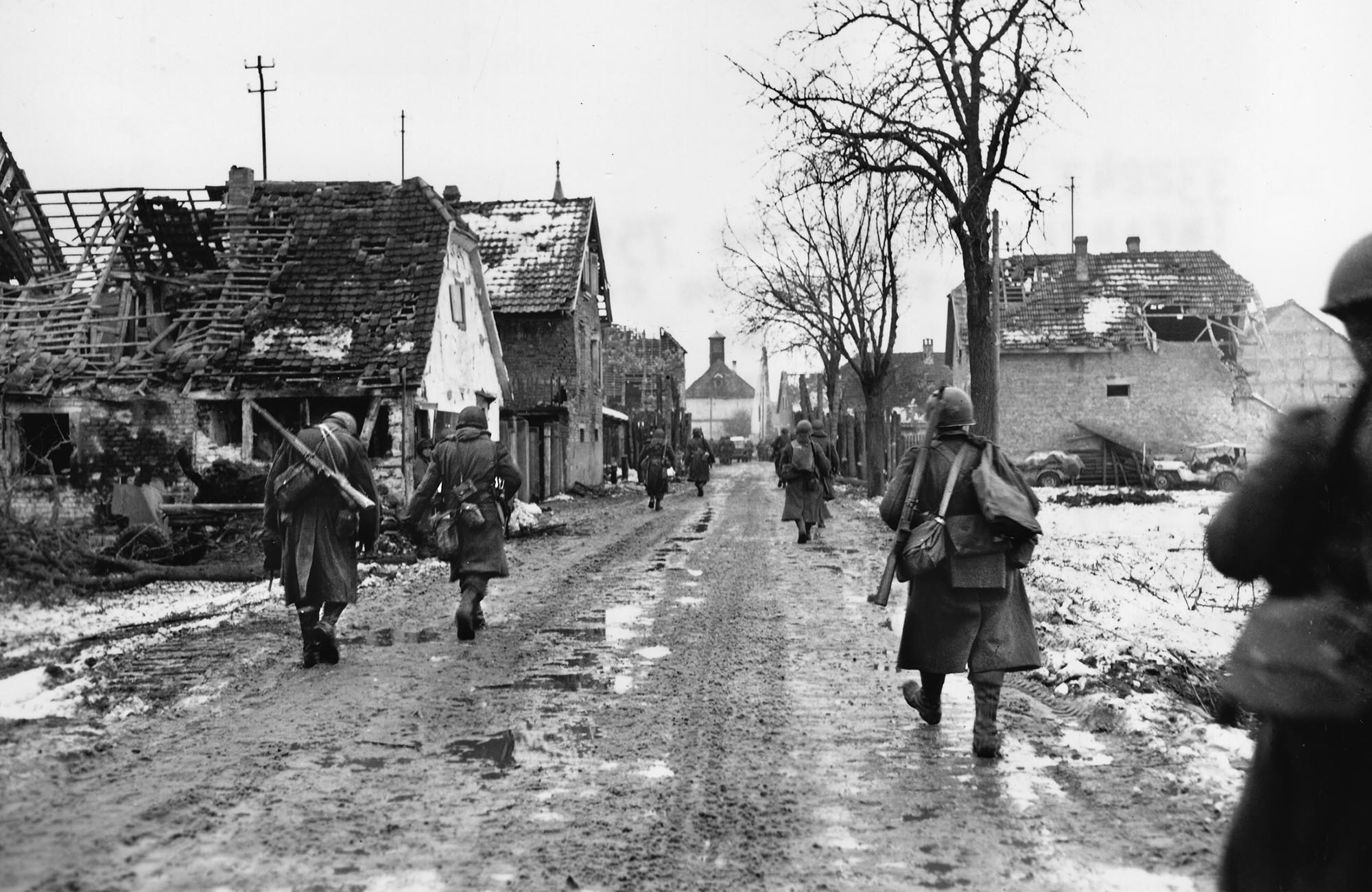
Sergeant Smith, who had found a light machine gun, used 10 boxes of ammunition firing at individual Germans on the other side of the stream. The Germans were apparently trying to evacuate their wounded and regroup for another assault.
The fighting continued well past 2 pm as the Germans attempted a series of small counterattacks. Every time they moved toward the Maison, American small arms and artillery opened up.
The GIs continued sniping at Germans who appeared about 500 yards away; a number of them seemed to be walking about aimlessly, possibly dazed by the artillery. Two battalions of 105mm howitzers were now dumping time on target fire on the area.
Artillery was laid between La Maison Rouge and just north of Riedwihr and on the main approaches to the area. One heavy concentration laid down was considered the heaviest fire expended on a counterattack since the Anzio beachhead. The 39th Field Artillery Battalion expended 1,349 rounds between 8:50 am and 3 pm.
The German Withdrawal
The promised relief by the 1st Battalion, 15th Infantry, was delayed, first in the Niederwald because of confusion and traffic jams, and then just before noon as it was struck by a German counterattack at the northern Ill and L’Orchbach crossings. The 1st Battalion finally jumped off at 2:30 pm with Charley Company on the left and Baker on the right. Commanding the 1st Battalion was Major Kenneth B. Potter, age 31, a veteran of Anzio and southern France. Dispersed behind four tanks and three tank destroyers, the battalion attacked using marching fire, moving down both sides of L’Orchbach toward La Maison Rouge and then on toward the Riedwihr Wood. In the process, they flushed out Germans along the banks of the streams. About 60 prisoners were taken, and some surviving members of the 30th Infantry were found, cold and exhausted, but alive.
From the farmhouse cellar Captain Hahn, Lieutenant Lonski, Lieutenant Koepke, and Sergeant Smith watched the German withdrawal into the woods. At about 3 pm, someone shouted, “Troops out this way with beaucoup tanks!” and pointed toward the line advancing from the north. There was a moment of uncertainty about who the troops were. But Hahn had no doubt with his first glimpse. After the action, Hahn resigned his commission in the face of “prospective charges” of delay, negligence, and conducting an unauthorized withdrawal.
“Here they come!” the shout went up. “If that ain’t a beautiful sight,” Koepke cried. “I never seen one!”
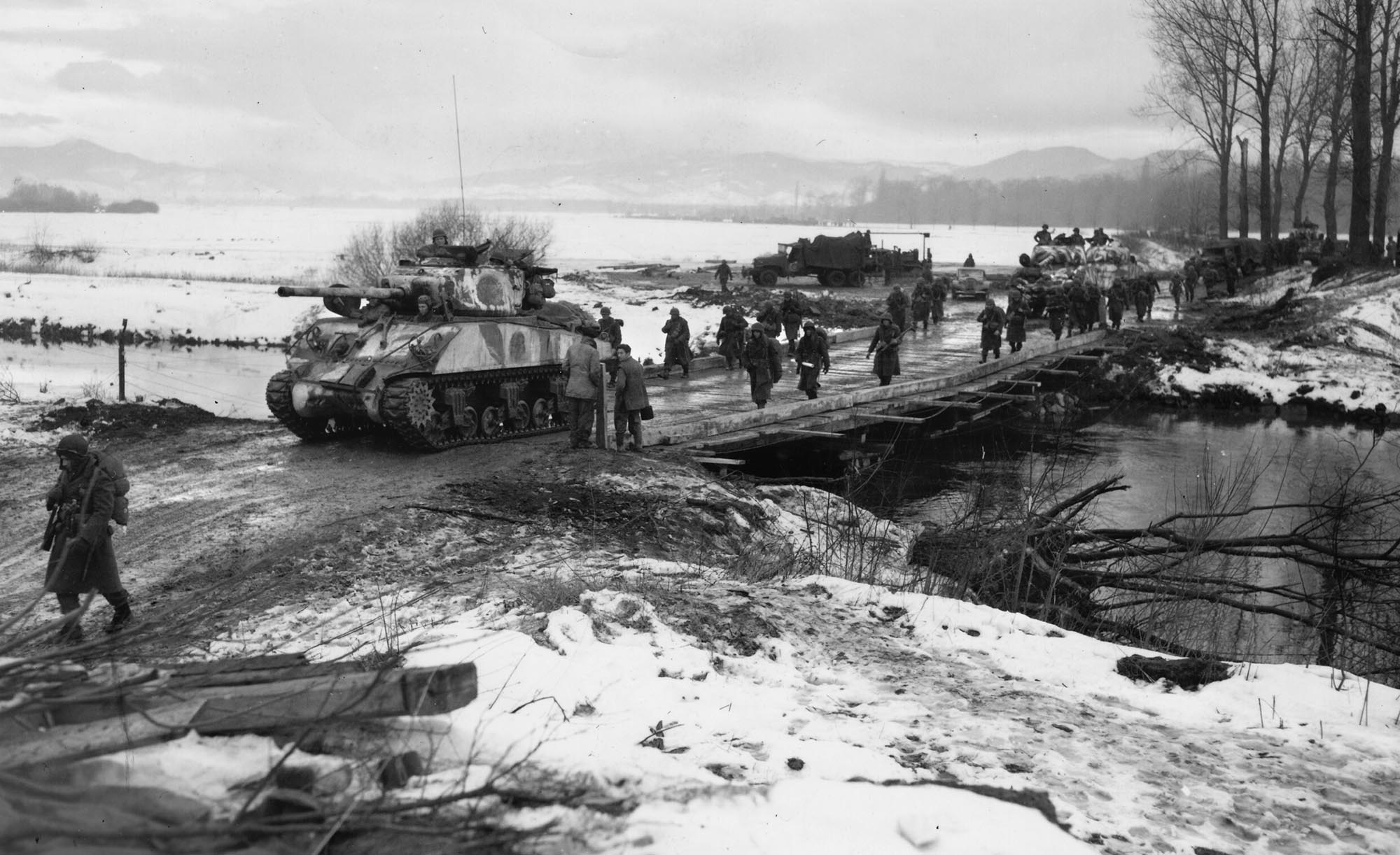
counterattacked against the Germans in the vicinity of the town.
Heavy Casualties
The number of German casualties inflicted was impossible to determine. Vehicle losses included a half-track, several Jagdpanthers and Panzerjägers, a Mark IV tank, and a Panther.
The 3rd Battalion, 15th Infantry, had taken serious losses. The strength of Item Company fell from 124 before the fighting to just 47 afterward, and King Company from 127 to 47.
For a few hours German tanks and infantry had controlled the area north of La Maison Rouge and east of the Ill, with the exception of the small band of GIs holding the barn and farmhouse. For a time on the morning of January 24, it appeared that nothing could stop the German 2nd Mountain Division and its supporting tanks from completely upsetting Operation Grandslam. However, the Germans had insufficient strength to exploit their gains. The eventual American success at La Maison Rouge made it possible for other units to be released for action elsewhere and to eventually drive on to the Rhine, eliminating the Colmar Pocket.
Over the next two days, the 15th Infantry pushed south toward the towns of Riedwihr and Holtzwihr. German counterattacks were common, but the American troops were able to parry them with support from tanks and tank destroyers.
On January 26, on the south edge of the Riedwihr Woods, German infantry and tanks emerged from Holtzwihr to counterattack Company B, 15th Infantry. Believing the odds hopeless, Lieutenant Audie Murphy ordered his men to withdraw into the woods. Murphy climbed onto a burning M10 tank destroyer and engaged the Germans with the vehicle’s heavy machine gun while calling for artillery fire on his own position. Murphy’s determined stand and an attack by fighter bombers caused the Germans to withdraw to Holtzwihr. Murphy was subsequently awarded the Medal of Honor and eventually became the most decorated soldier in the history of the U.S. Army.
Author Allyn Vannoy has written extensively on a variety of topics related to World War II. He resides in Hillsboro, Oregon.
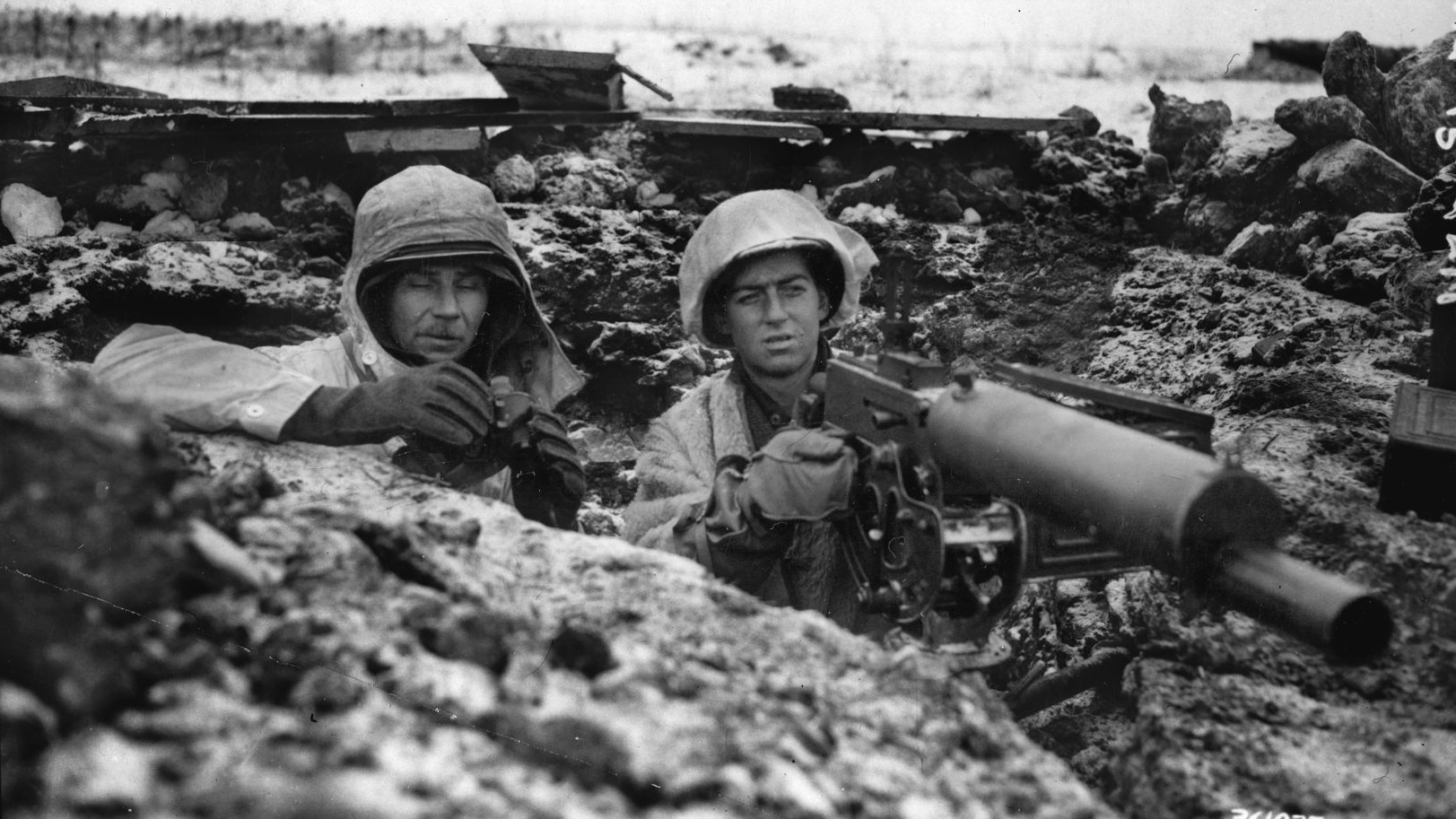
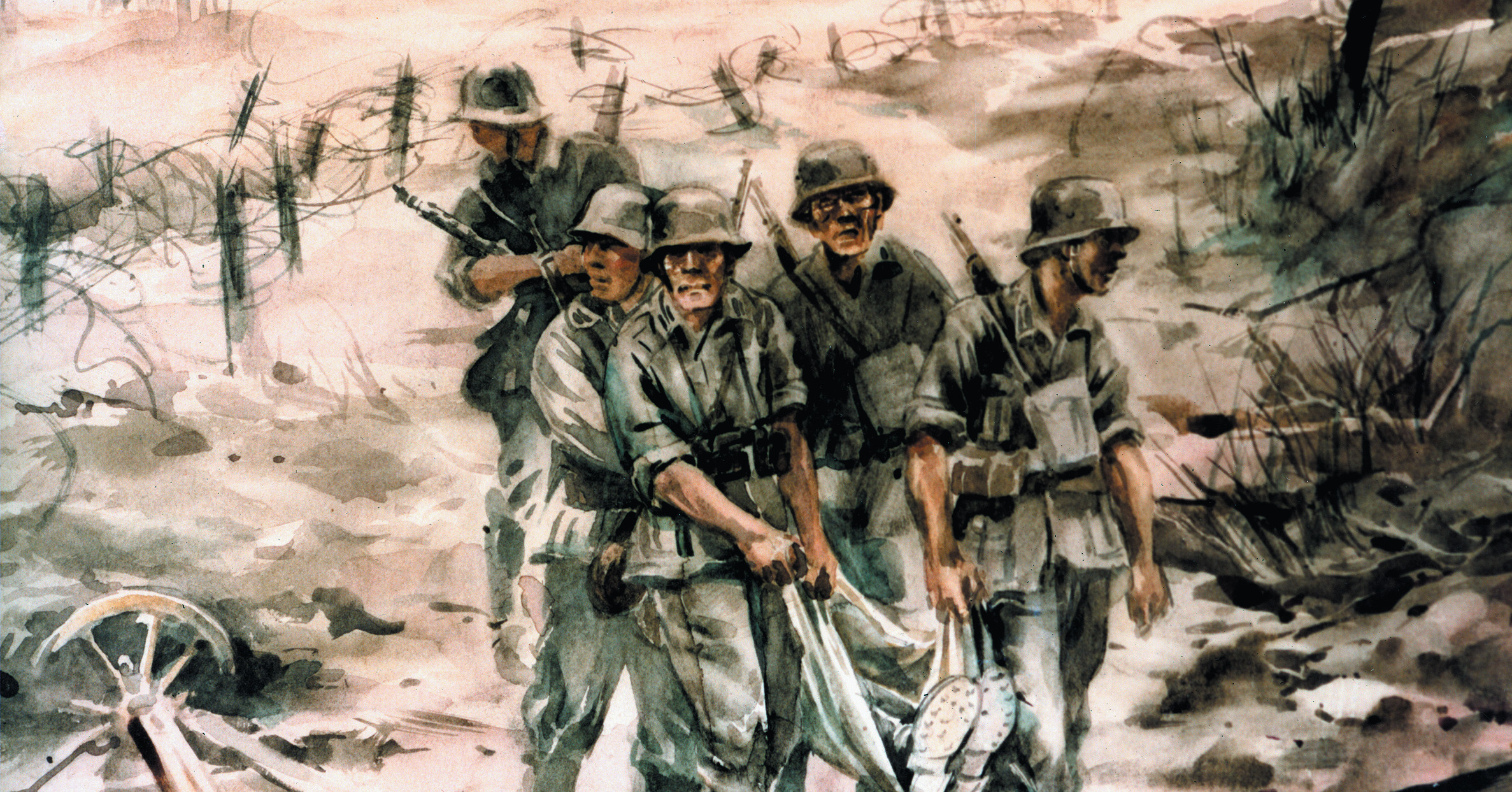
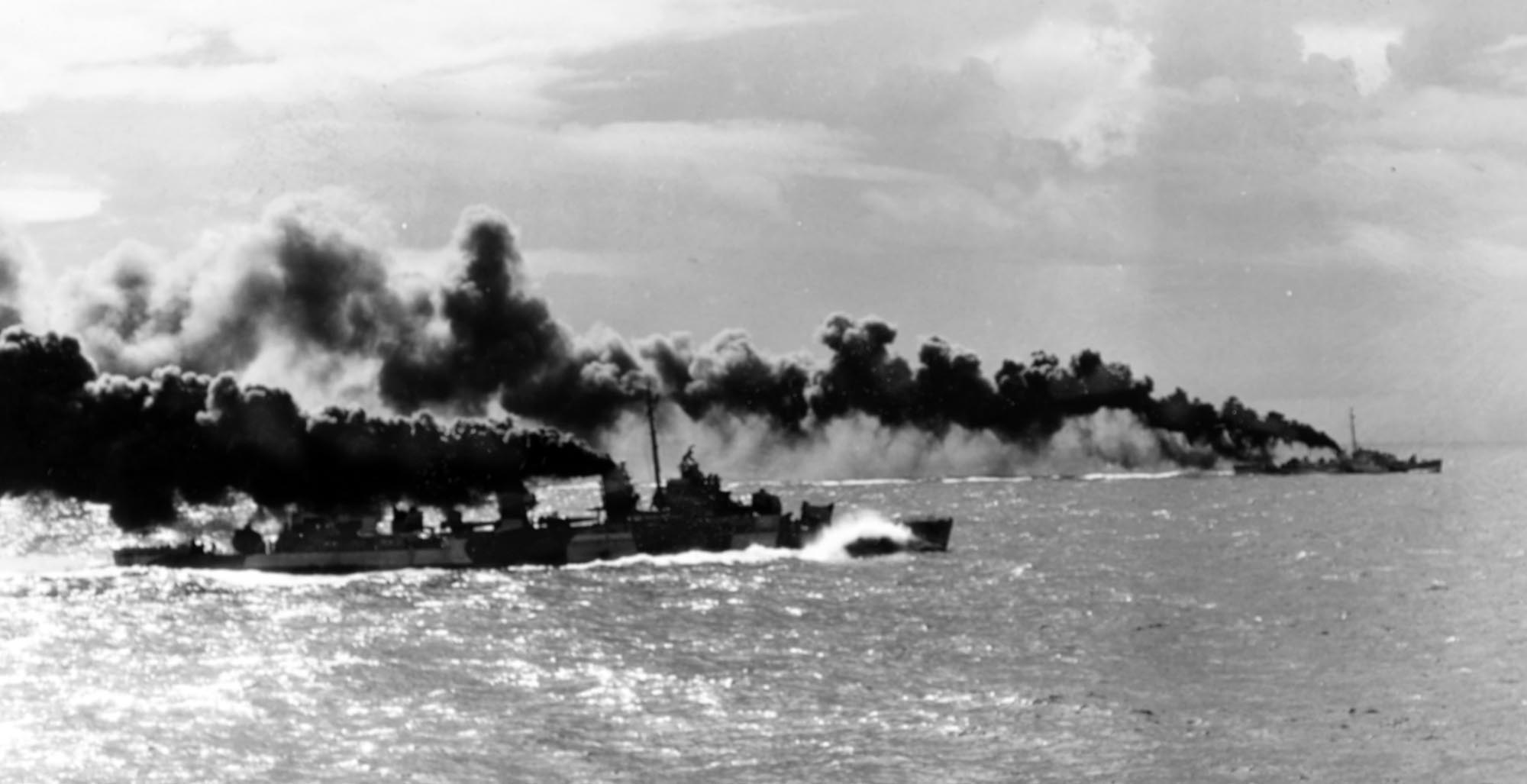
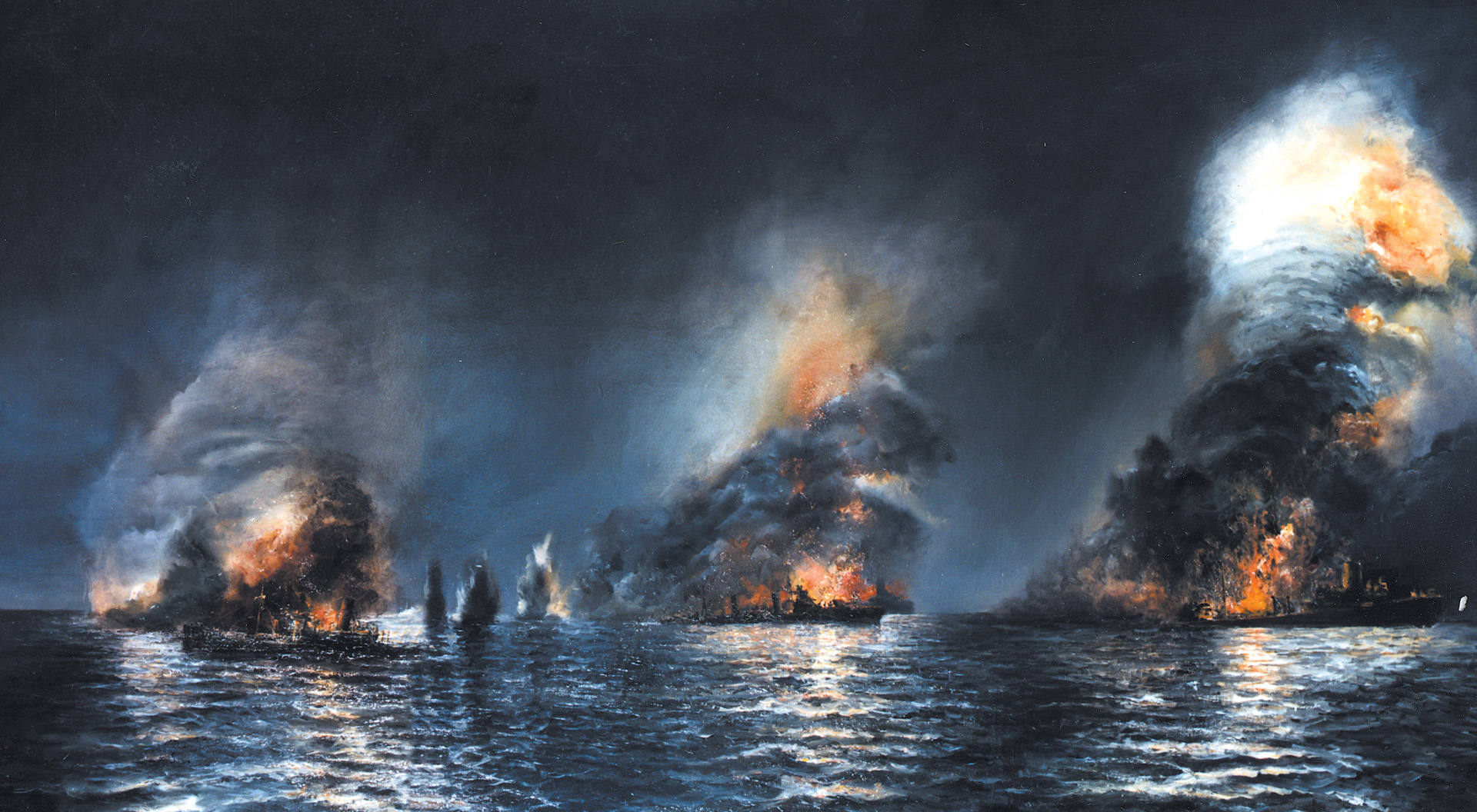
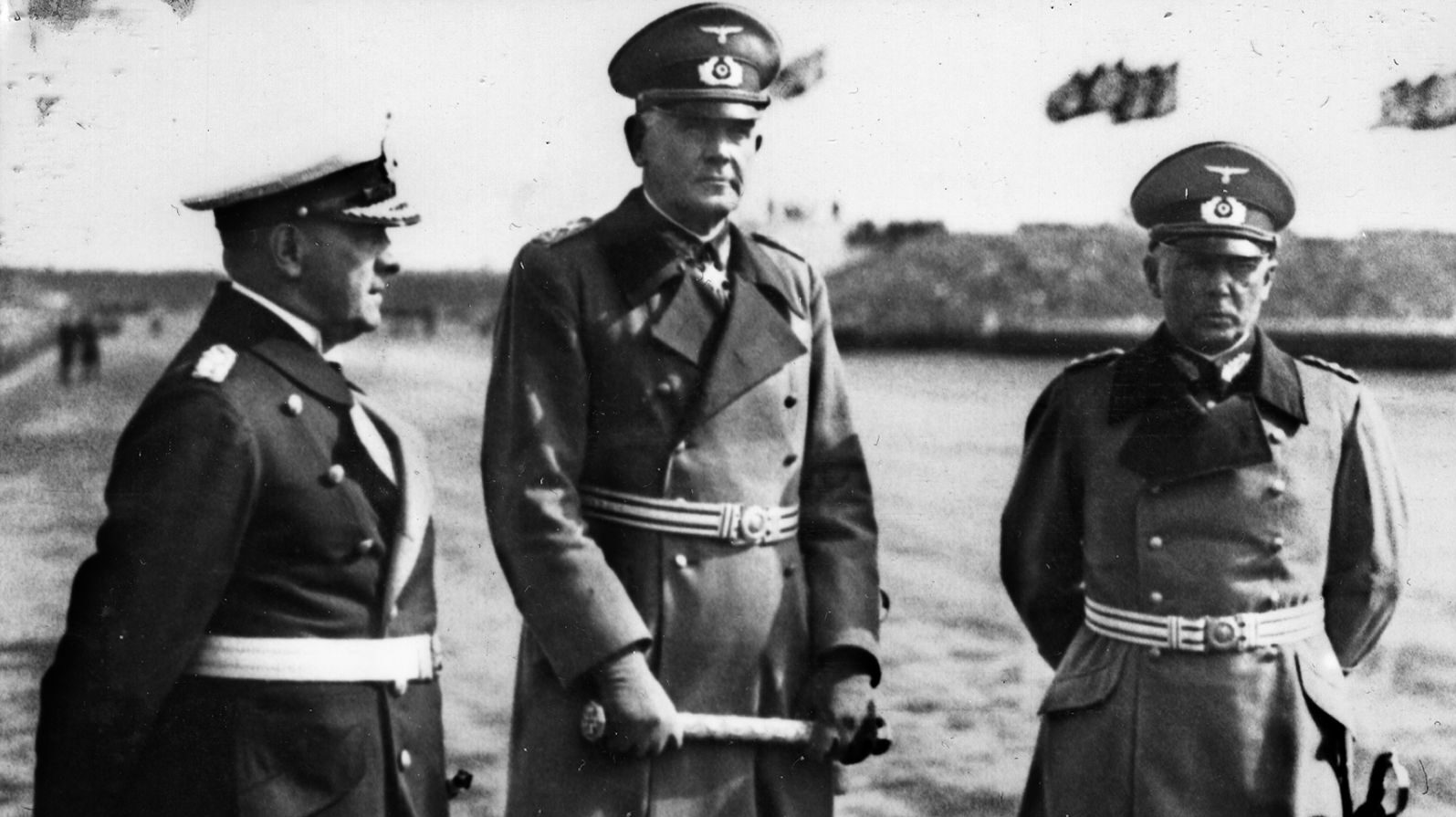
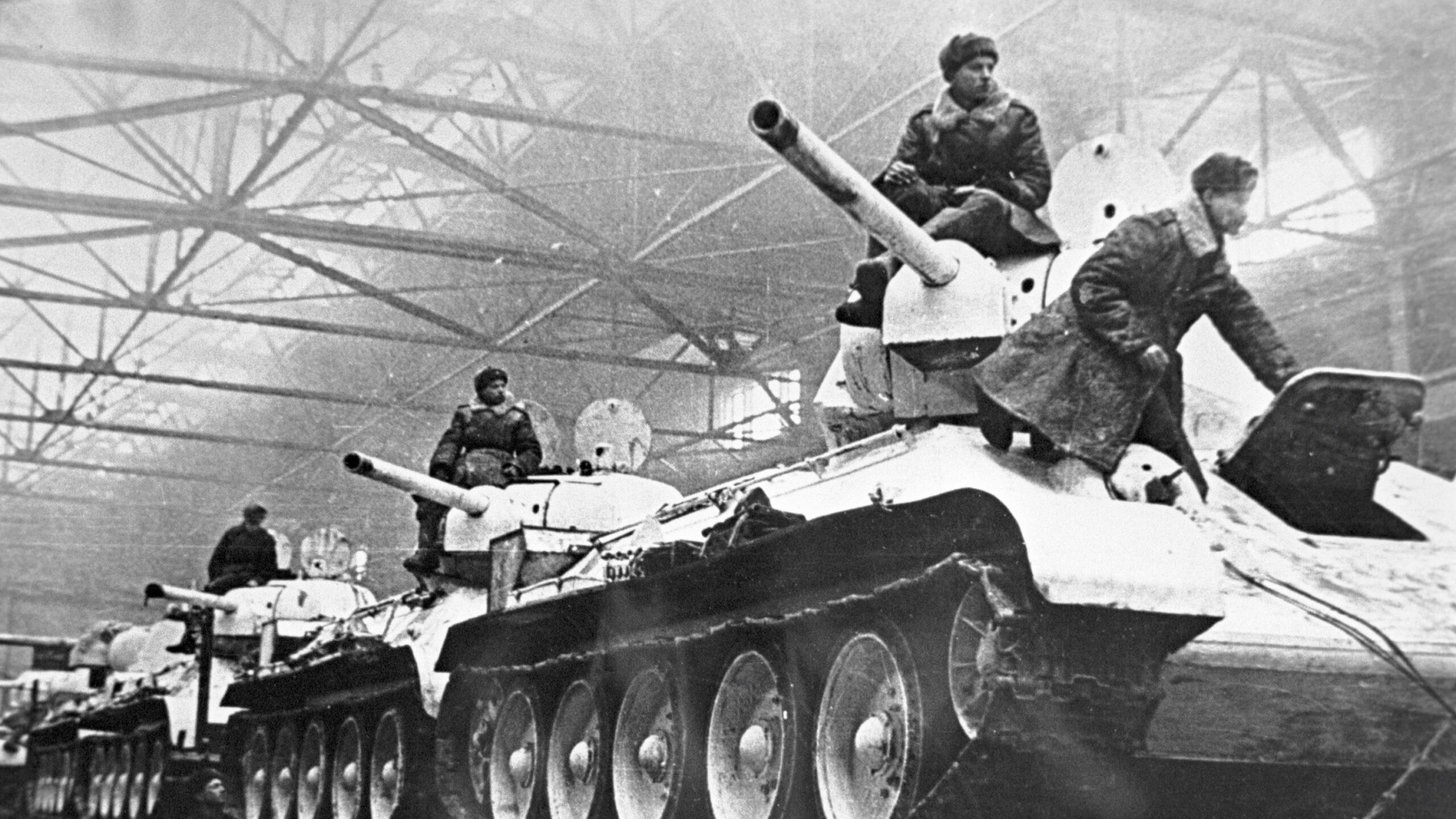
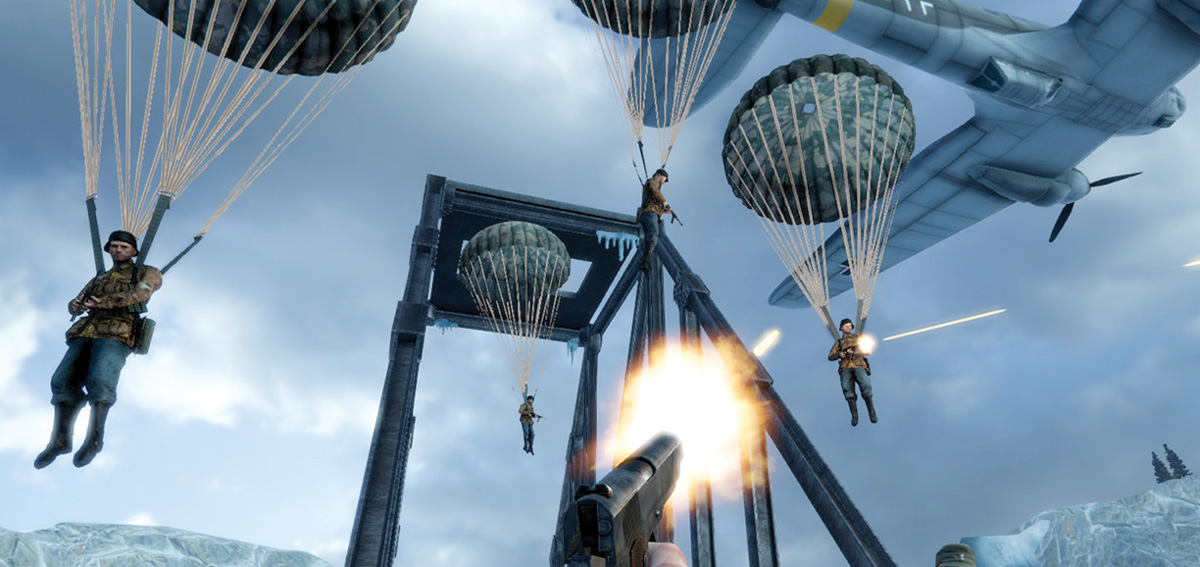
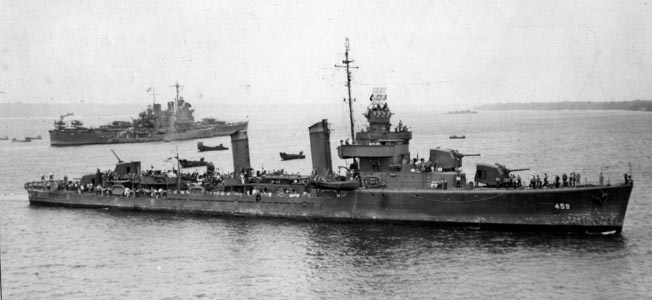
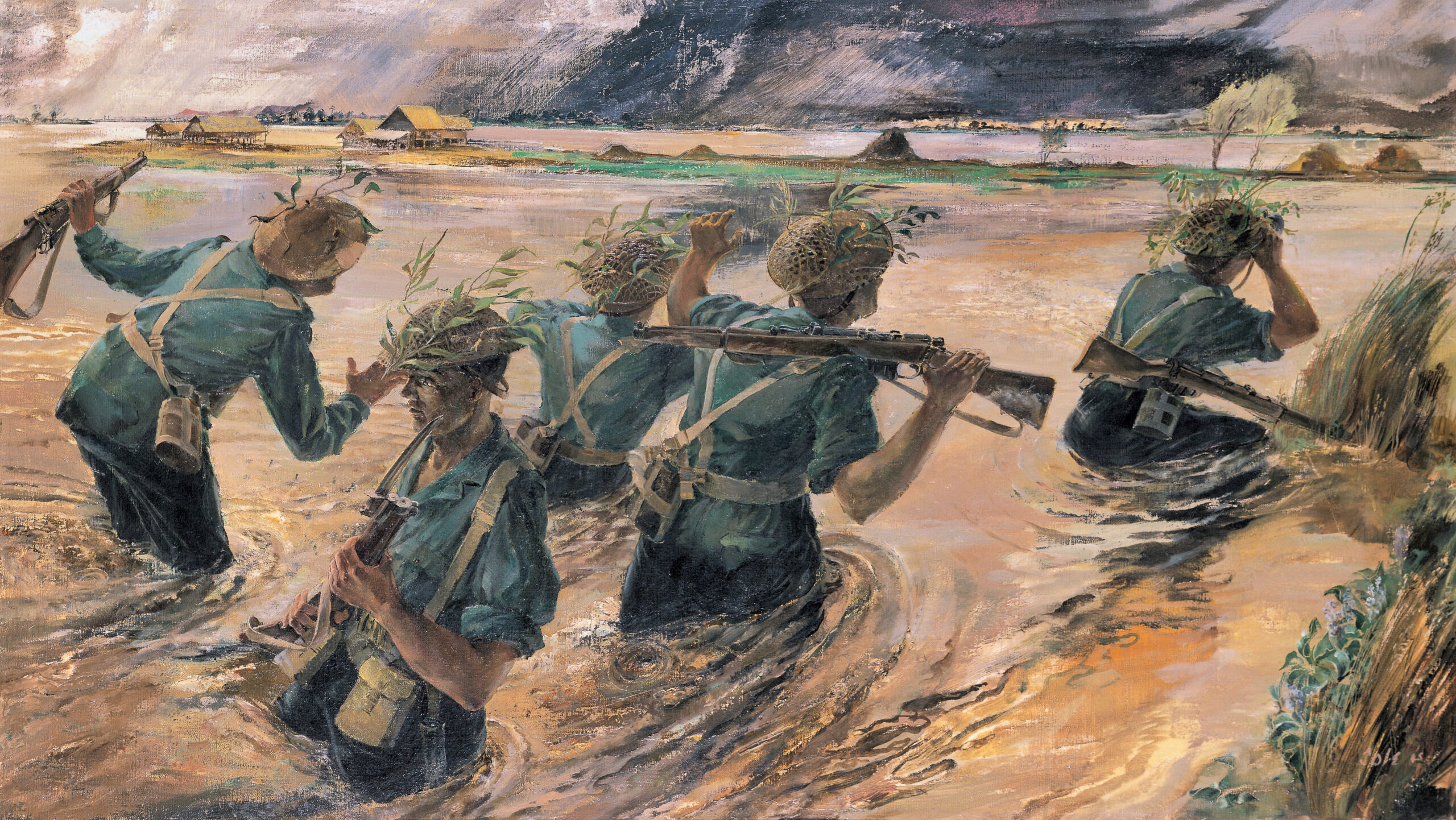
You left out mention of the belated Medal of Honor awarded to 1st Lt Garlan M. Connor for his heroism in this campaign on January 24 near Maison Rouge. Originally awarded the DSC for his actions that day, it was upgraded to MOH in 2018. This was only about a mile north of Audie Murphy’s site of action and two days before.